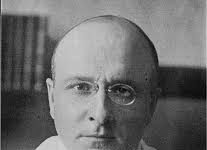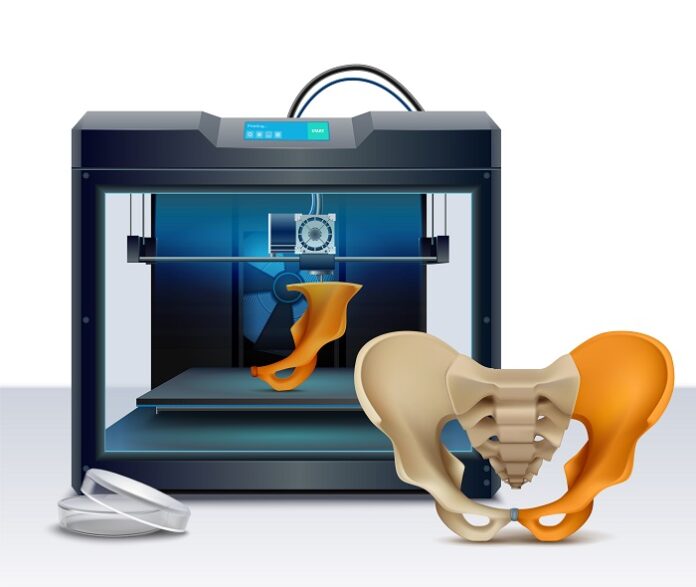Beyond Buildings: From Villas to Vital Organs
Last month, a real estate firm in Pune built a 3D-printed villa in just four months. In Siddipet, Telangana, the world’s first 3D-printed temple now stands tall. While these innovations are impressive, it’s the healthcare sector where 3D printing shows the most transformative potential. In March 2023, the BBC reported a medical breakthrough in Seoul, South Korea, where doctors successfully performed the world’s first 3D-printed windpipe transplant using stem cells.
Transforming Surgical Precision with Organ Replicas
Though fully 3D-printed organs remain a work in progress, the technology is already saving lives in other ways. Surgeons now use 3D-printed organ replicas—such as hearts—to plan complex procedures. These lifelike models allow doctors to study a patient’s unique anatomy, rehearse difficult surgeries, and drastically reduce intraoperative risk.
A Pioneering Case in Mumbai
As reported by TOI, Dr Swati Garekar, senior paediatric cardiologist at Fortis Hospital, Mulund, recalls a groundbreaking moment from a decade ago. Her team used a 3D-printed heart model to successfully operate on a nine-month-old with a rare congenital defect. The child’s pulmonary artery and aorta both originated from the right ventricle—a highly unusual and risky condition. With the help of MRI scans, Mumbai-based biotech engineer Firoza Kothari printed a detachable heart model in just 48 hours, enabling doctors to plan the complex surgery with precision.
Anatomiz3D: Powering Surgeries Across India
Inspired by this success, Kothari founded Anatomiz3D, a med-tech startup specializing in customized 3D organ, bone, and soft tissue models. Today, the company supplies models to major hospitals including AIIMS (Delhi and Kochi), Lilavati Hospital, Max, and Apollo.
“We have created nearly 4,000 surgical models to date,” says Kothari. “They support not just surgical planning, but also simulation-based training and medical education.”
A Game-Changer in Multiple Specialties
Anatomiz3D’s products cover a wide range of specialties—orthopaedics, neurosurgery, cardiology, oncology, and paediatrics. They also manufacture cranio-maxillofacial implants for the face, neck, and scalp. Dr Garekar notes, “This technology will become integral to medicine. We’ll see widespread adoption in the near future.”
3D Printing Revolutionises Orthopaedic Surgeries
Indian hospitals increasingly use 3D-printed titanium implants in complex bone surgeries, allowing for quicker recovery and better bone integration. “We apply 3D printing routinely for intricate hip and knee replacements,” says Dr Vaibhav Bagaria, Director of Orthopaedics at Sir H N Reliance Foundation Hospital, Mumbai. “We’ve used the technology in over 100 cases—especially those involving severe deformities, failed surgeries, or tumours needing customised implants.”
Dr Bagaria recalls a patient with end-stage post-traumatic arthritis and a massive pelvic bone defect. “We designed a custom acetabular implant using 3D printing. The result was remarkable—maximum mobility and complete pain relief.”
Global Innovations Inspire Local Breakthroughs
In China, orthopaedic firm Naton Biotechnology recently developed a laser 3D-printed total knee implant with improved durability and biocompatibility. Such global advances continue to influence innovations in India, especially in challenging cases where standard implants fall short.
Virtual Reality Joins the 3D Revolution
Alongside physical models, hospitals are now leveraging virtual reality (VR)-based 3D simulations to train medical professionals. These immersive environments help doctors practice surgeries and improve patient outcomes without risk.
Challenges: High Cost and Low Awareness
Despite its potential, 3D printing remains underutilised in India due to high costs and lack of awareness. “Many in the medical field still don’t understand how beneficial this technology can be,” says Dr Garekar. “We also lack enough biomedical engineers to produce these custom models.”
Bridging the Gap: Making Tech Affordable and Inclusive
Kothari aims to change that. Her team now produces customised bone models for as little as ₹5,000, compared to the market average of ₹25,000. “We want to make 3D-printed healthcare accessible across India, including in rural areas,” she says. Through partnerships with hospitals and outreach at clinical conferences, Anatomiz3D is connecting advanced solutions with underserved communities.
“We apply 3D printing routinely for intricate hip and knee replacement surgeries. We’ve used the tech in over 100 cases—especially those involving deformity, failed surgery, or tumours needing customised implants.”
– Dr Vaibhav Bagaria, Orthopaedic Surgeon
With pioneers like Kothari and visionary doctors leading the way, 3D printing is no longer the future of medicine—it’s already here.























